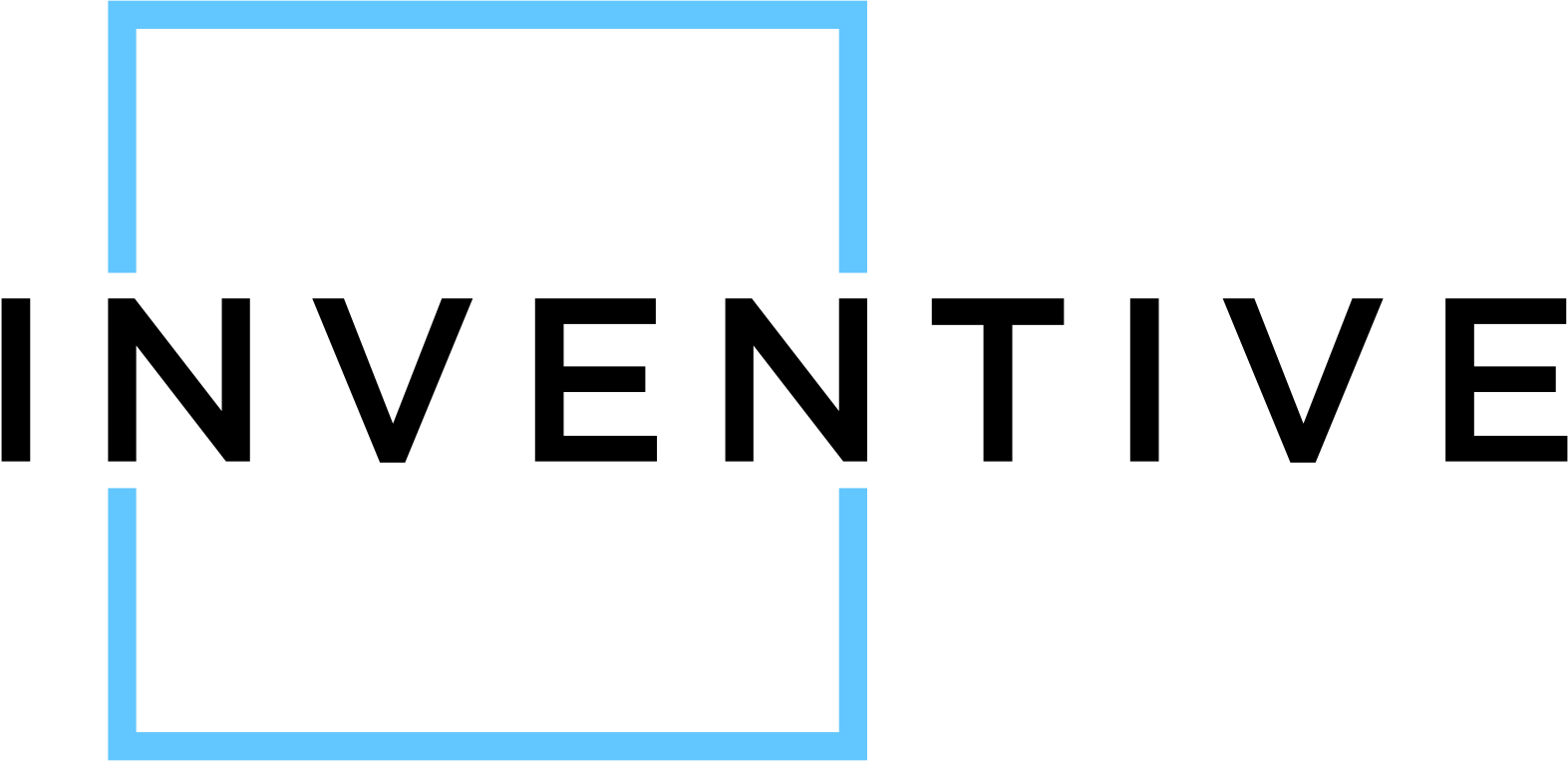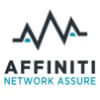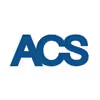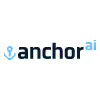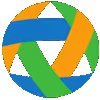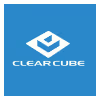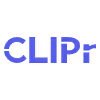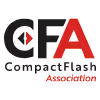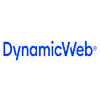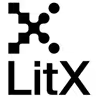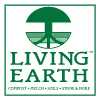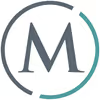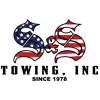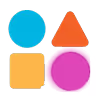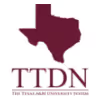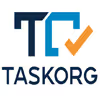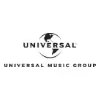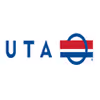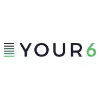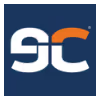Discovery Done Right (So You Don’t Build the Wrong Thing Beautifully)
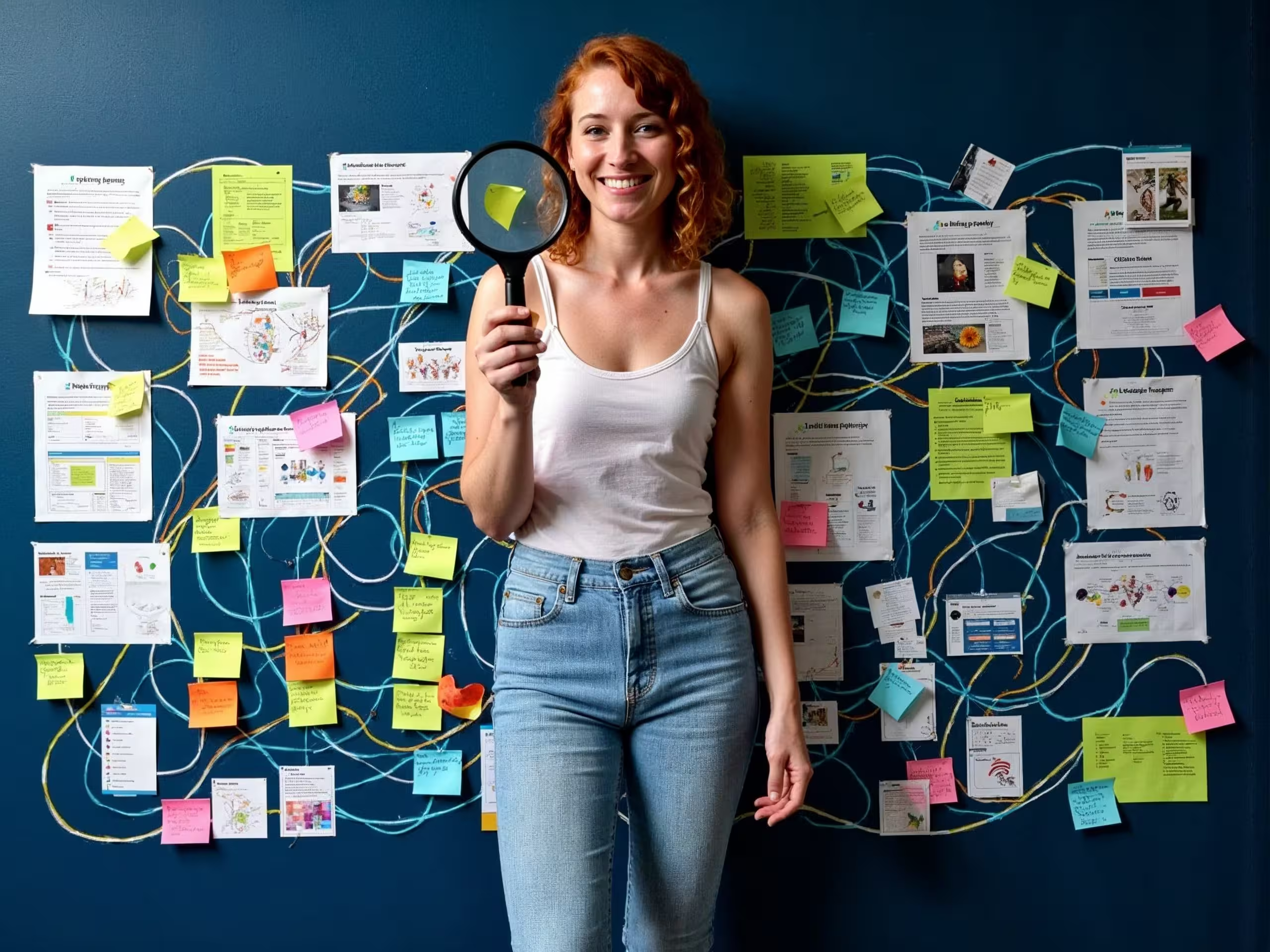
Before you code a single line, validate that your product solves a problem worth solving.
Imagine building the world’s most elegant app, only to discover—two sprints in—that users don’t need it, don’t want it, or are already using something better. Oof. Product Discovery helps you sidestep that trap. It’s a fast, structured process that surfaces user needs, tests assumptions, and defines your MVP with clarity. If your current strategy sounds more like “build it and hope,” let’s talk. Discovery is the grown-up version of guessing.
💸 The real cost?
For every $1 spent on early-stage UX research, companies save $10 in development and $100 in maintenance down the road.
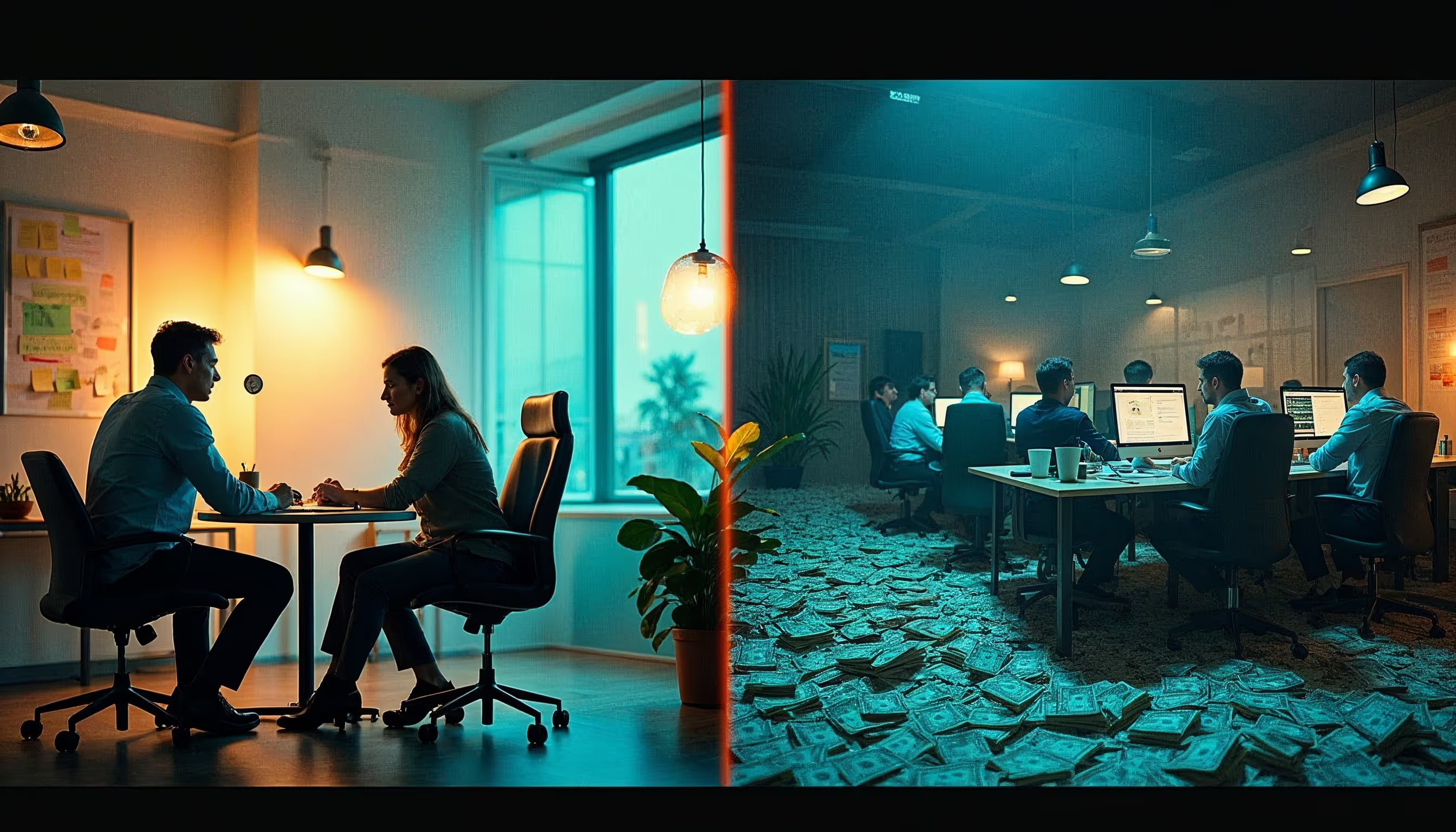
What This Process Actually Is (and Isn’t)

Let’s get one thing straight: Product Discovery is not a fuzzy “design thinking” brainstorm with post-its and vibes. It’s the product world’s equivalent of due diligence—and yes, it can be playful, creative, even a little chaotic—but always with purpose.
We use proven frameworks (like Lean Startup’s build-measure-learn cycles) to uncover what your users actually need. Then we test whether your idea is technically feasible, strategically aligned, and—this one’s big—worth the cost to build.
Think of Discovery as a runway check before takeoff. Not because we don’t trust your idea. But because statistically, 42% of products crash due to “no market need”. That’s a lot of expensive nose-diving.
Discover the Impact of DIscovery on Your Business Success
Want to move faster, spend less, and build something people actually use? Start with discovery. It’s not a detour—it’s the clearest path to ROI, reduced risk, and raving customers. The smartest teams use discovery to dodge rework, slash budgets, and shrink timelines without cutting corners. It’s like giving your project GPS before hitting the road.
Cost Reduction
When discovery is performed
Risk Reduction
When discovery provides clear requirements
Likelihood Multiplier
Achieving above-average customer satisfaction

You SHOULDn'T Skip the Recipe
Skipping Discovery is like skipping the recipe and hoping your cake turns out fine. Sure, you might get lucky. But odds are, you’ll end up with something underbaked and overbudget.
📉 The emotional toll?
Team morale nosedives when half your roadmap gets axed after launch. Discovery prevents that with early validation.
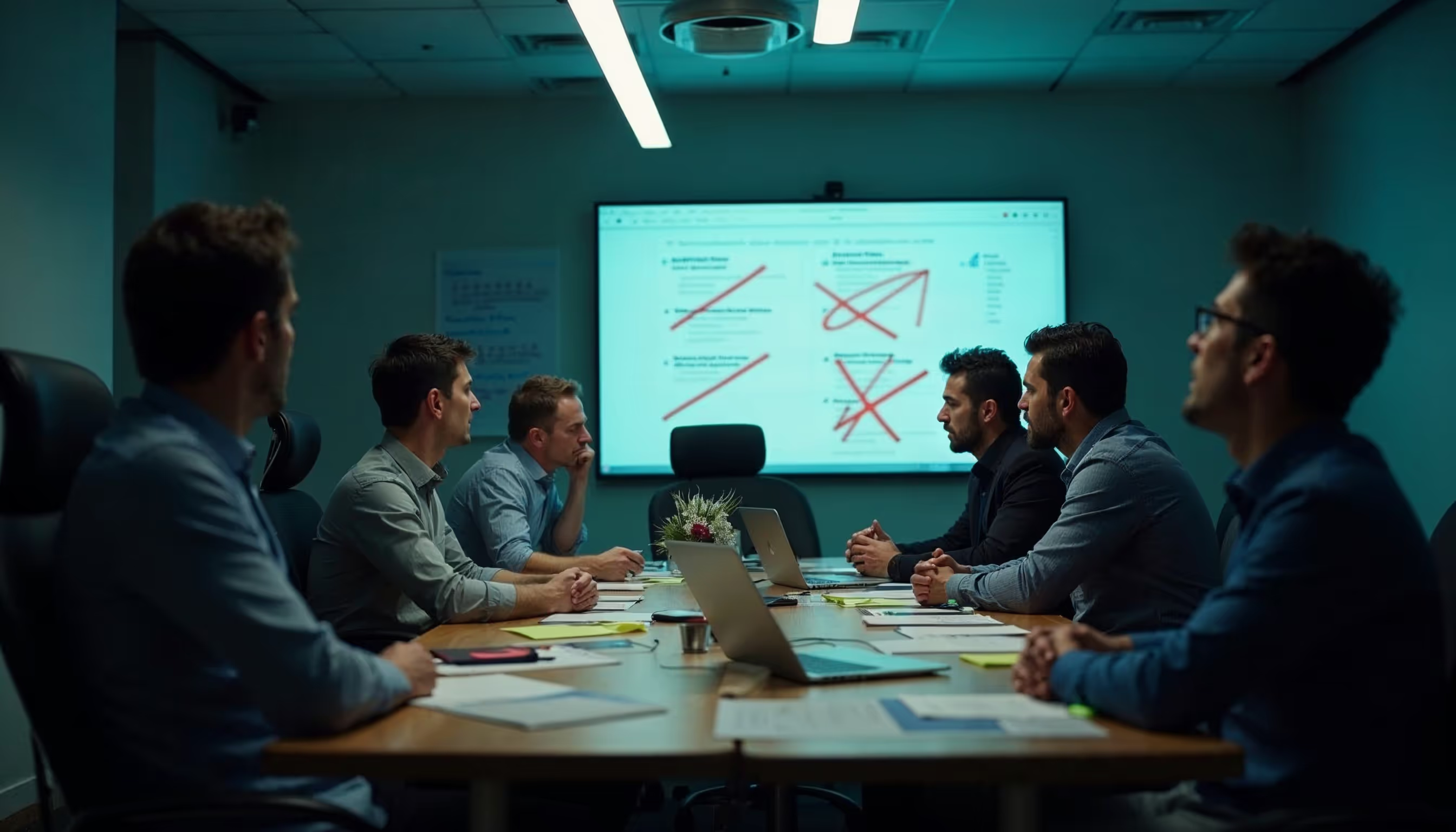
How It Works (Step-by-Step)
Here’s the playbook we run with our clients. It’s part strategy, part therapy, and part prototype ninja magic.
1. Alignment Alchemy

Stakeholders, assumptions, and vision walk into a workshop...
We start with interviews and kickoff sessions that force clarity: What problem are we trying to solve? Who’s the user? What does “success” look like?
We gather every brief, business case, market doc, and watercooler anecdote you’ve got. Then we poke holes in assumptions with love.
2. User Safari & Market Recon

We listen before we build.
This phase is a deep dive into your users, their workflows, and their frustrations.
We conduct interviews, surveys, journey mapping, and sometimes just watch people work (creepily, but with consent). In AI/ML projects, we audit the data—because no data, no model.
3. Ideation Jam
.avif)
Creativity + constraints = good ideas, fast.
We bring cross-functional teams together for workshops and brainstorming. Designers, engineers, PMs, and stakeholders sketch, storymap, and vote on ideas.
We don’t just ask “What could we build?” We ask: “What should we build?”
4. Test Kitchen Validation

We test before we invest.
We turn concepts into low- or mid-fidelity prototypes. In some cases (like AI), we fake the backend with a Wizard-of-Oz approach to simulate functionality.
Then we hand it to users. Real ones. Not just your cousin Greg who’s “good with tech.”
5. Blueprint & Buy-In

This is where the magic turns into math.
We consolidate findings into a real-deal roadmap: What’s the MVP? What’s the tech stack? Who’s building what, and when?
You’ll walk away with documentation your devs will actually read—and maybe even like.
💥 NOT DOING 💥
A DISCOVERY
Skipping discovery doesn’t save time—it just saves you a front-row seat to rework, overruns, and regret. The teams that win don’t guess what users want or hope their idea sticks—they validate, align, and build with clarity from the start. Great products aren’t accidents—they’re designed that way. Discovery is how you make sure you're building the right thing, not just building fast.
Failure Rate
Due to no market need
Waste Rate
Software features that are rarely or never used
Failure Rate
Experimental features built without validation

What You’ll Love (and What Might Make You Nervous)
Is This Right for You?

Ready to Discover Your Next Big Thing?
Because guessing is fun... until the budget runs out.

Behind the Scenes at Inventive
At Inventive, Discovery isn’t just a phase—it’s a company sport. We pair product strategists with researchers, designers with data scientists, and every workshop includes at least one spicy post-it.
“Our goal is to fall in love with the problem, not the solution. That’s how you build stuff that sticks,” says Leah, our Principal Product Strategist (and part-time Post-it whisperer).
Behind every validated roadmap is a team that argued passionately about user pain points over takeout noodles. Because clarity tastes better with sesame sauce.
